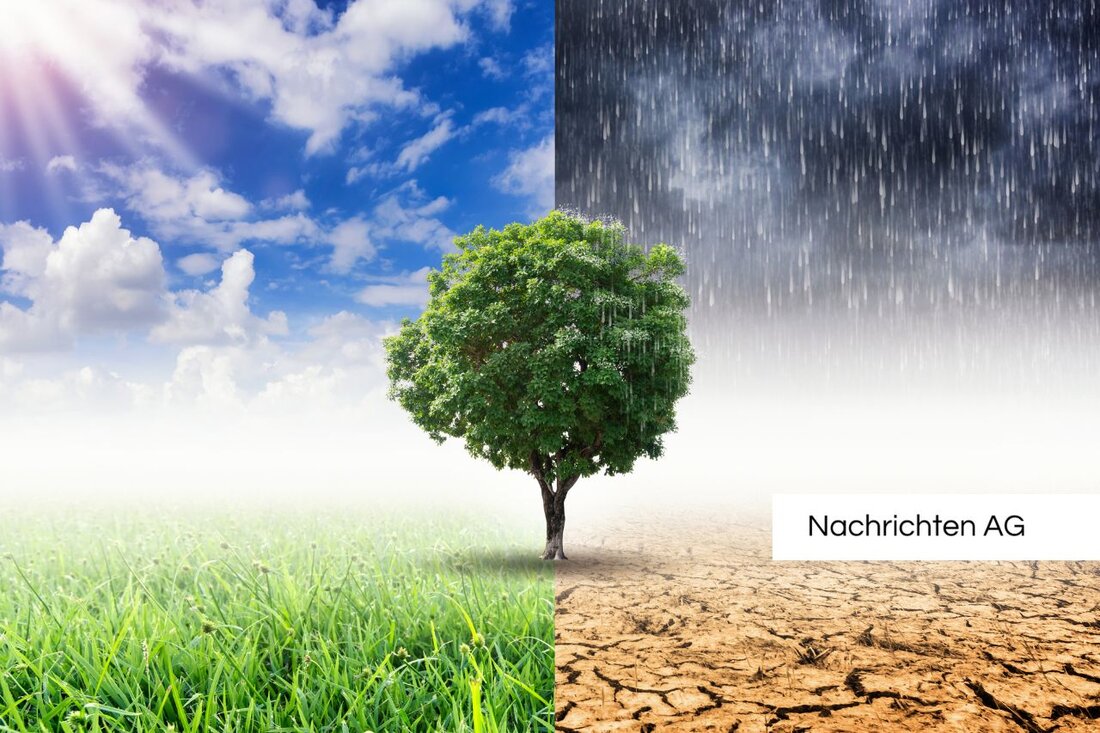Danger of flooding: Lower Saxony particularly affected – Bremen well positioned!
Bremen calls for better flood protection: 413 buildings at risk and measures against extreme weather events from 2025.

Danger of flooding: Lower Saxony particularly affected – Bremen well positioned!
Floods and extreme weather conditions are no longer uncommon, especially in northern Germany. On July 10, 2025, German Environmental Aid will put its finger in the wound and call for better preparation by states and municipalities for such natural events. The focus is on the fatal consequences of climate change, which are already being felt in several regions of Europe. Buten and inland reports on the alarming figures in Bremen, where there are 413 residential buildings at risk of flooding. However, compared to Lower Saxony, Bremen does relatively well: In Lower Saxony, around three percent of the state's area is classified as a risk area, which is twice as much as in Bremen.
The situation is explosive: almost 24,000 residential addresses in Lower Saxony would be potentially at risk in the event of a once-in-a-century flood. In other federal states such as Bavaria, Baden-Württemberg, Rhineland-Palatinate and North Rhine-Westphalia the numbers are even higher. The flood risk ranking is based on data from insurers and the Federal Institute of Hydrology, and the German Environmental Aid draws the alarming conclusion that no federal state can demonstrate a comprehensive concept for flood protection.
A look beyond the borders
But the situation doesn't just look bleak in Germany. Deutschlandfunk reports on the devastating floods in the Spanish province of Valencia at the end of October 2024, in which over 200 people lost their lives. The “cold air drop” weather phenomenon, which also led to massive rainfall in parts of Central and Eastern Europe, has further increased the danger situation. Extreme weather events have become more frequent and intense worldwide since the 1950s, largely due to global warming.
Climate change is also showing its teeth in Germany: colder and warmer extreme temperatures, heavy rainfall and rising sea levels, which increase the risk of coastal flooding. This is also confirmed by the Federal Environment Agency, which warns of more frequent flood events. In the winter of 2023/24, for example, several low pressure areas led to prolonged rainfall, which became a challenge for many affected regions.
Measures and future outlook
German Environmental Aid has put forward proposals to mitigate the risk of flooding. This includes, among other things, the reconnection of floodplain landscapes and dismantling measures in flood areas. These environmentally friendly approaches have the potential to significantly defuse the danger situation. However, like that Deutschlandfunk, in many places there is a lack of a uniform set of rules for compensating landowners for flood protection measures. Improvements are urgently needed here in order to be sustainably armed against the increasing risks.
The number of natural disasters in Europe has increased alarmingly. A statistic of Statista shows that around 900 natural events were reported between 2001 and 2020, with floods and storms being the most common categories. Society therefore urgently needs to seriously address the risks posed by climate change.
The ball is now in the court of those responsible: decisive measures are needed to better protect the population and infrastructure from the devastating consequences of floods and extreme weather. A good knack for flood protection is required, because there really is something to be done!

 Suche
Suche
 Mein Konto
Mein Konto